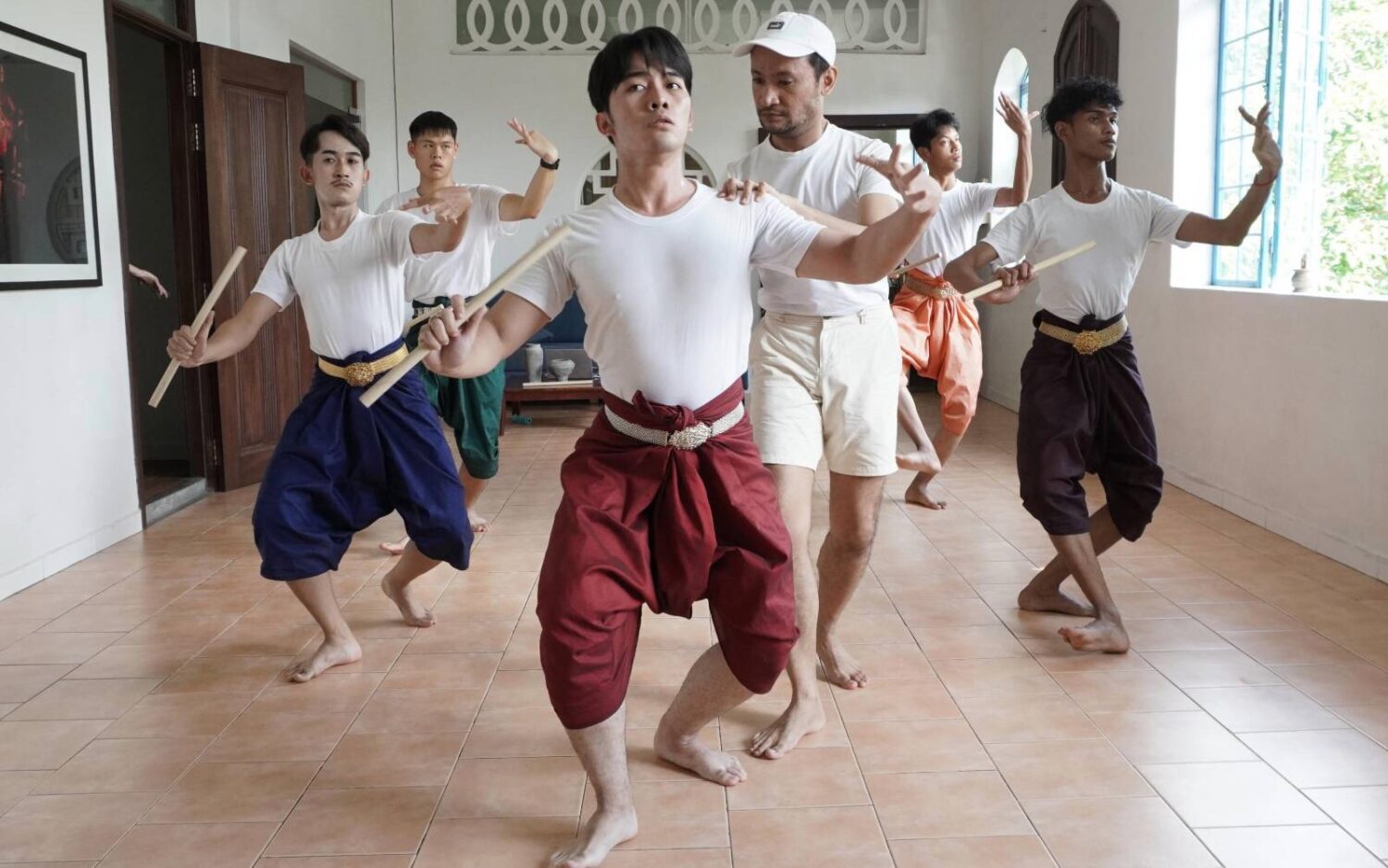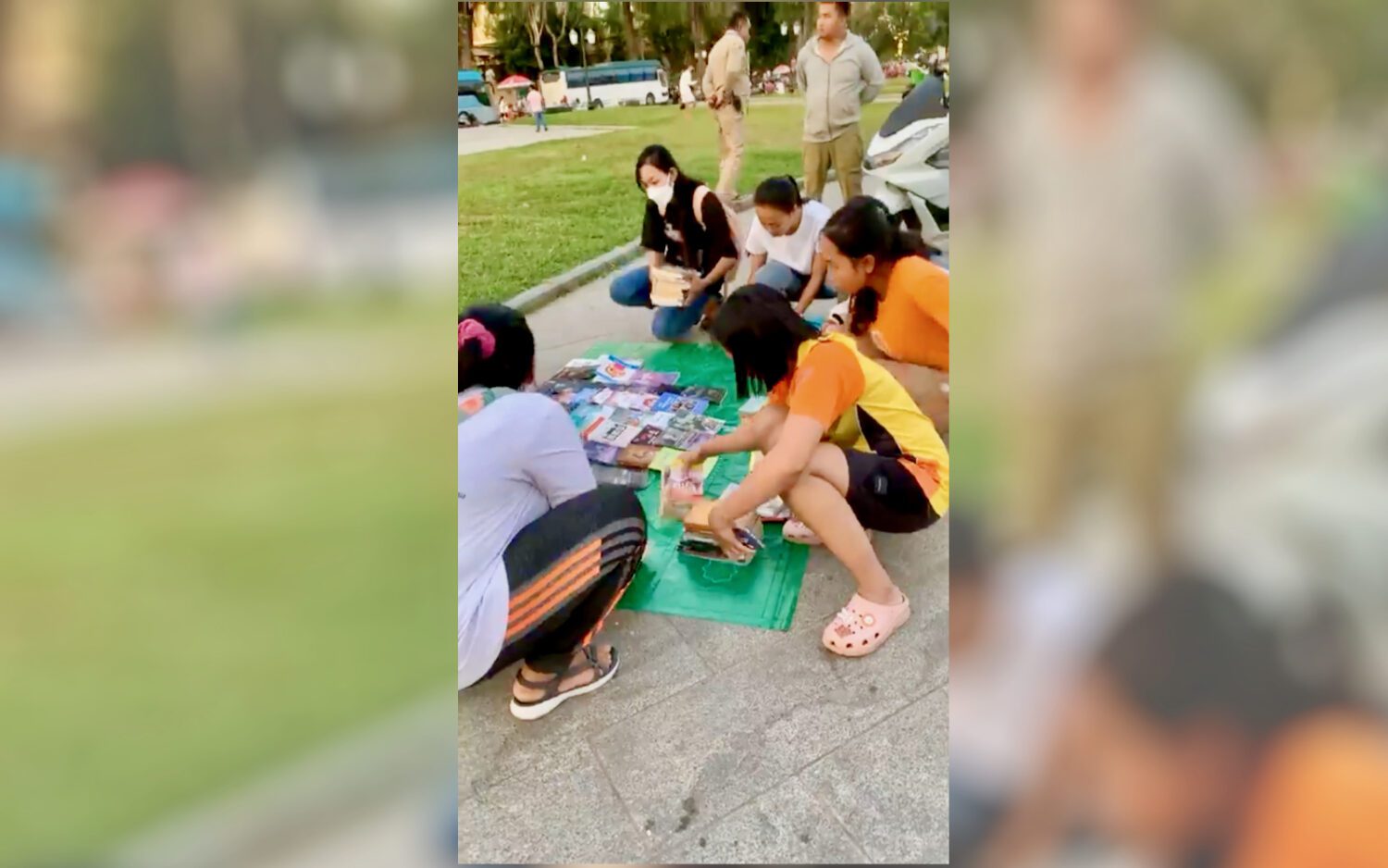In founding the first all-male, gay classical dance company in Cambodia, U.S.-born artist Prumsodun Ok simultaneously preserves traditions and empowers diversity.
Merging two cultural streams — the progressive and the conservative — that many see as mutually exclusive, Ok presents a new outlook on Khmer culture. “In the Khmer tradition, there is space for people who don’t fit into male or female. For example, in one of our most sacred classical dances, a Brahman who comes to act as a messenger between heaven and earth is depicted. And this Brahman is half male, half female. So in our culture we already have what people in the world today call ‘queer.’”
Born to Cambodian refugees in the U.S., Ok has pursued a career in Khmer classical dance, experimental filmmaking and photography. Moving back to Cambodia in 2015, he founded Cambodia’s first Khmer-classical gay dance company Natyarasa, which now consists of 10 professional dancers.
What seems contradictory at first is actually well-connected, says Ok: “In Khmer, when we use the word ‘perform,’ we say ‘samdeng.’ In America, when we use that word, it’s about being fake, putting on a role, but in Khmer, it means to make something real, to make it tangible … to embody it. There are women dancing as male gods, men dancing as female gods, people dancing as animals or demons. The act of performing is constantly crossing lines of gender, time, space and even species.”
Founding the dance company has been as challenging as it has been rewarding, Ok says. It now consists of a second generation of professional dancers and apprentices ranging from 18 to 26 years old. Some of them have been dancing for many years, while others came to the company with little experience.
“I don’t ‘find’ dancers that fit the company, I have to make them here,” Ok says. “My role as a teacher is to awaken my students and to watch for that moment when they understand who they are, they have found their voice and they know what they’re doing.”
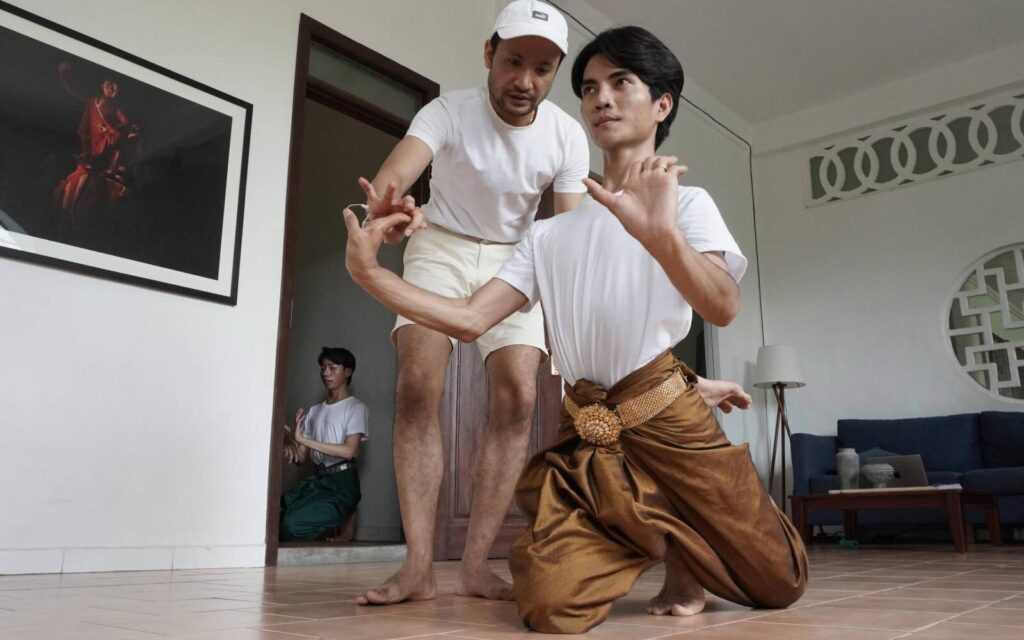
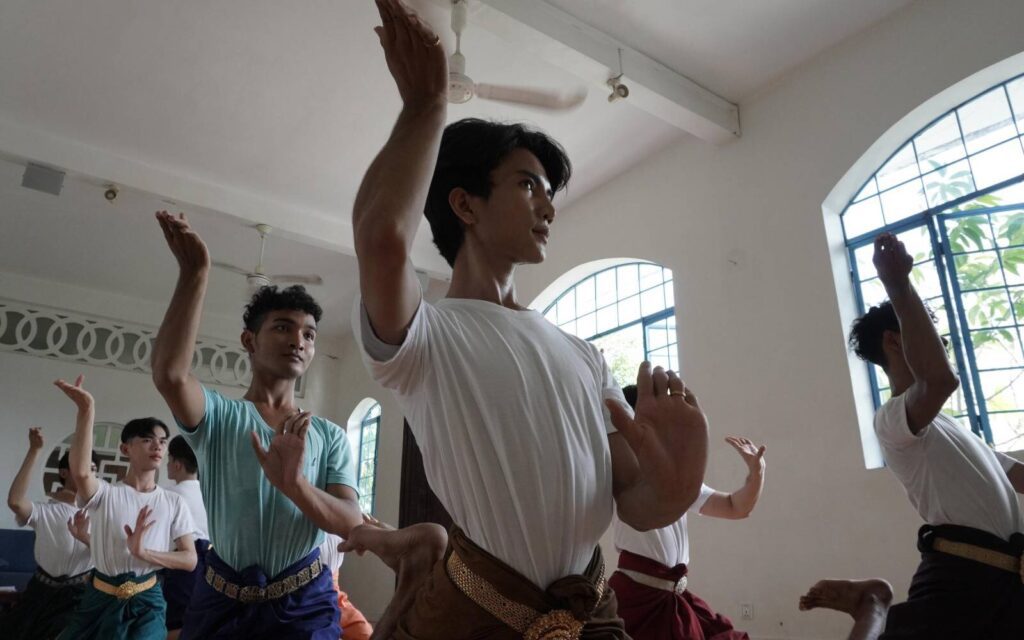
The dance company not only educates the apprentices in classical Khmer dance but supports the young Cambodian dancers in becoming independent. “I do that by teaching them, giving them a livable wage, passports, opportunities to travel and to be seen by the media,” says Ok. Some of his students now even travel abroad to take English classes and pursue other passions like becoming vocalists or musicians.
Khuon Chay, one of the members of Natyarasa, recounts his time before entering the company.
“Three years ago, I was in the provinces, and I saw this work with gay men. I immediately knew I wanted to be a part of this change, even if it’s just a small part. I didn’t get any support from my family before, but I still followed my dream to become a professional dancer. I can say now: I am successful, and I made it come true.”
When thinking about the connection between LGBT activism and traditional Khmer culture, Chay thinks it’s “important to be a part of this movement that saves Khmer art. I feel like I’m doing a good job for my country and community by doing this.”
It has not only taught him about the rich culture of classical dance, but also made him learn a lot about himself.
“I changed a lot in these years. I feel like I’m an entirely new person now. I got so many opportunities through this work and got to know many cultures and places. I also learned: The artist’s life is never over. You have to learn and learn and learn all your life,” he says.
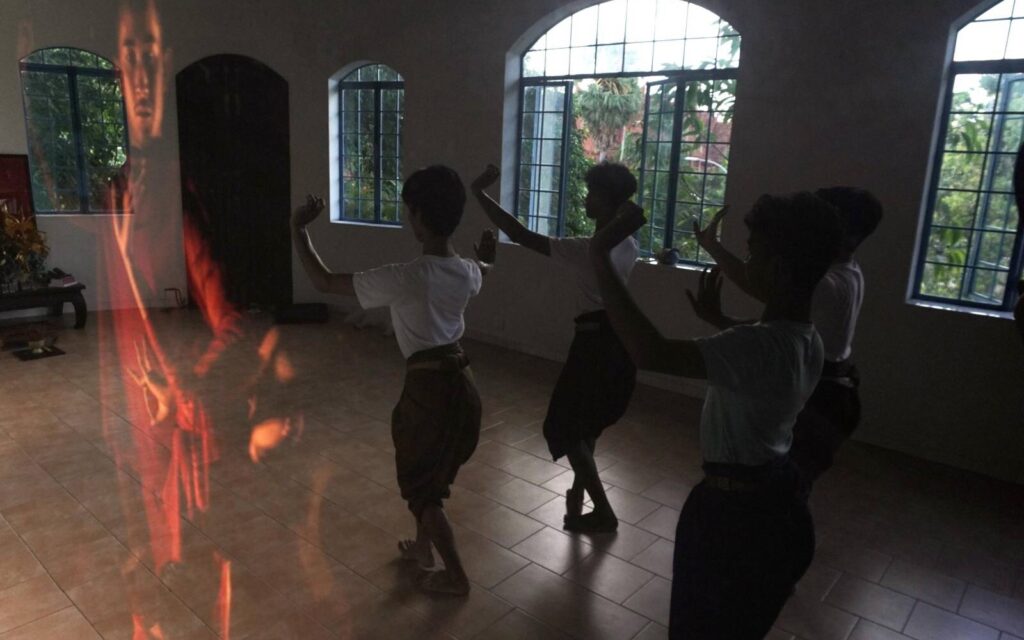
His teacher, Ok, says he doesn’t care about labels, as long as people can find value in what the company does.
“I know that in many ways I’m seen as an activist, but to be honest I rarely use those words. I don’t care if people call me a traditional artist, a contemporary artist, a queer artist. … For me, I just care about: Is the work done? And is it done beautifully? That’s all that matters to me.”
When thinking about the successes of the company, Ok is proud to say the dancers reach all demographics in Cambodia.
“We are loved by both old and young people,” he says.
Even though some older masters don’t agree with his approach, they recognize his value as a teacher and artist.
“I wouldn’t necessarily say we get support from older generations of teachers. … Maybe we can rather say: We are acknowledged as artists.”
As he is representing an ancient art form, Ok reflects on his ancestors’ thoughts on his work. “To be honest, I think that my ancestors would be quite proud of what I’m doing. I think they would like how I take care of young people and the community, how I’m representing this tradition and all of Cambodia.”
Natyarasa is currently rehearsing in their studio in Phnom Penh for an upcoming project that premiers in April 2024 in the U.S. Prumsodun Ok can be found on YouTube and on his website.


